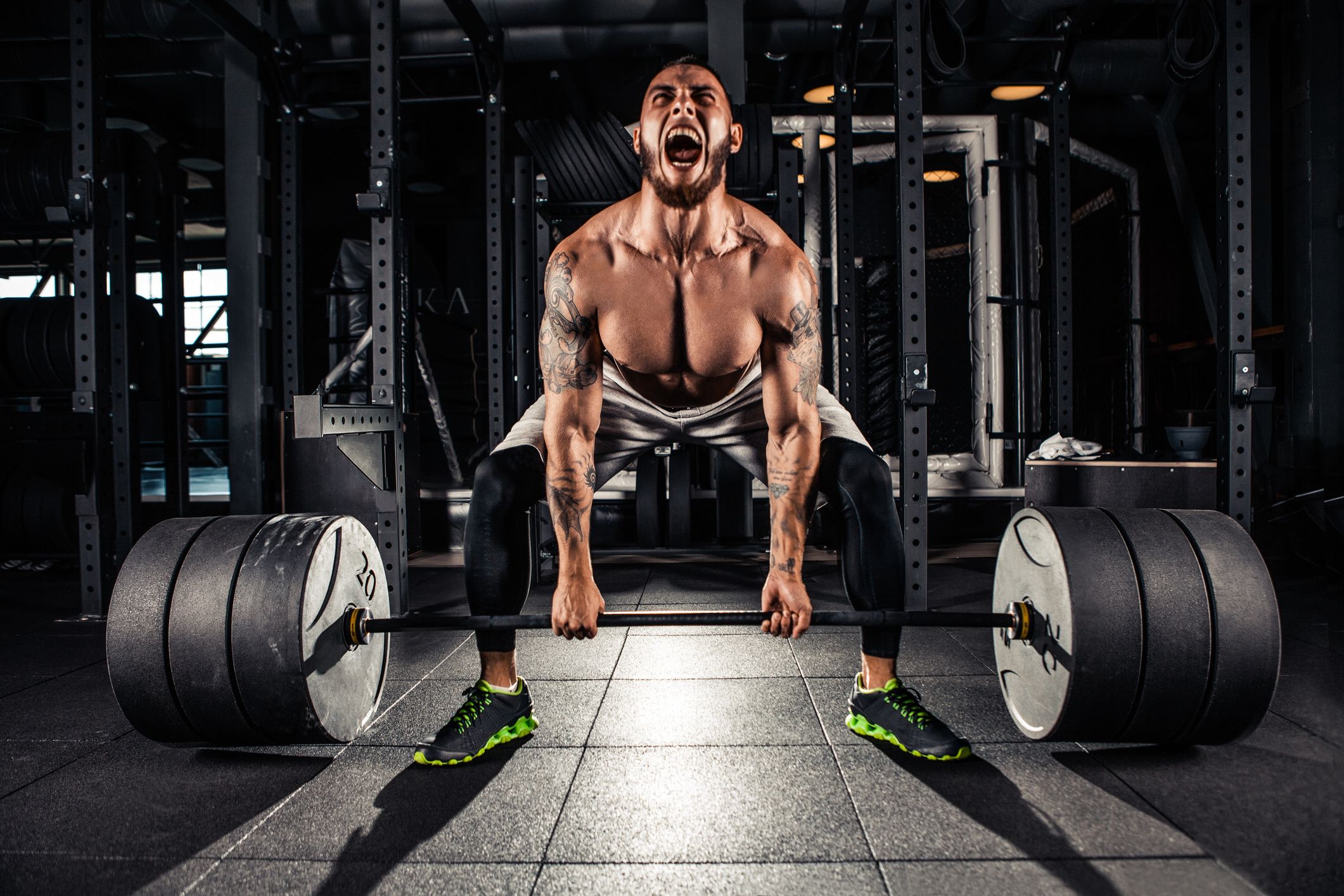Weightlifting isn’t merely about lifting heavy objects—it’s a transformative journey toward enhanced strength, confidence, and overall health. Beyond just muscle-building, it improves fitness, boosts metabolism, and enhances posture. Whether you’re new to weightlifting or looking to refine your skills, this guide will help you master the essentials of the practice.
Understanding the Basics of Weightlifting
What Is Weightlifting?
Weightlifting involves lifting weighted objects such as barbells, dumbbells, or kettlebells to enhance muscle strength and endurance. Unlike bodybuilding, which emphasizes aesthetics, weightlifting focuses on functional strength and performance, making it a versatile activity for athletes and fitness enthusiasts alike.
Benefits of Weightlifting
- Strength Development: Builds muscle power for easier everyday activities.
- Increased Metabolism: Helps burn calories even at rest.
- Improved Posture and Bone Health: Strengthens muscles, supporting better alignment and reducing osteoporosis risk.
Debunking Common Weightlifting Myths
- “Weightlifting makes you bulky.” False—bulking requires specific training and diets.
- “It’s only for men.” Not true—women gain strength without excessive bulk.
- “It’s unsafe.” With proper technique, it’s one of the safest forms of exercise.
Preparing for Weightlifting Success
Setting Achievable Goals
Define clear, realistic objectives—whether for strength, endurance, or overall fitness. Break these into smaller milestones to maintain motivation. Use a journal or app to track progress and celebrate accomplishments.
Nutrition for Weightlifting
Proper nutrition is critical:
- Proteins: Aid muscle repair.
- Carbohydrates: Provide energy.
- Fats: Ensure sustained performance.
Examples:
- Pre-workout: A banana with peanut butter.
- Post-workout: Grilled chicken with rice for recovery.
Essential Gear and Apparel
- Free Weights: Dumbbells and barbells.
- Weightlifting Shoes: Provide stability.
- Lifting Gloves: Protect hands and enhance grip.
Mastering Fundamental Weightlifting Techniques
The Squat
An essential lower-body exercise.
- Steps:
- Stand with feet shoulder-width apart.
- Lower into a seated position, keeping your back straight.
- Return to standing, engaging your glutes.
- Common Errors: Avoid inward knee movement or excessive forward leaning.
The Deadlift
Targets the back, glutes, and hamstrings.
- Steps:
- Stand with the barbell near your shins.
- Hinge at the hips and grip the bar.
- Lift the bar by extending your legs and back simultaneously.
- Safety Tip: Keep a tight core and avoid rounding your back.
The Bench Press
Builds chest and arm strength.
- Steps:
- Lie on the bench with feet planted firmly.
- Grip the barbell slightly wider than shoulder-width.
- Lower it to your chest and push back up.
- Safety Note: Use a spotter for heavy lifts.
Advancing Your Weightlifting Skills
Progressive Overload
Gradually increase weight, reps, or intensity to challenge your muscles.
- How to Progress: Add 5–10% weight when the current load feels manageable.
- Signs of Progress: Improved strength, endurance, and muscle definition.
Isometric Training
Involves holding positions under tension (e.g., planks with weights).
- Benefits: Builds stability and activates smaller muscle groups.
Olympic and Powerlifting Moves
- Snatch: Lift the bar overhead in one motion.
- Clean & Jerk: Lift the bar to shoulder height, then push it overhead.
These exercises improve coordination and full-body strength.
Staying Safe and Effective
Warm-Up and Cool-Down
- Warm-Up: Perform 5–10 minutes of cardio and dynamic stretches.
- Cool-Down: Use static stretches to aid recovery and prevent stiffness.
Breathing Techniques
- Inhale during the lowering phase and exhale while lifting.
- Avoid excessive breath-holding, which can spike blood pressure.
Listen to Your Body
Overtraining risks include persistent soreness and decreased motivation. Rest days are essential for recovery and growth.
Structuring Your Weightlifting Routine
Beginner’s Weekly Plan
- Day 1: Squats, lunges, planks.
- Day 2: Rest or light cardio.
- Day 3: Deadlifts, rows, pull-ups.
- Day 4: Rest or yoga.
- Day 5: Bench press, overhead press, dips.
Tailoring Workouts to Goals
- For Strength: Use heavier weights with fewer reps.
- For Endurance: Use lighter weights with higher reps.
Importance of Recovery Days
Incorporate both active recovery (walking, swimming) and passive recovery (complete rest).
The Mental Side of Weightlifting
Building Resilience
Heavy lifting requires mental focus and determination. Set small goals and visualize success to stay motivated.
Celebrating Milestones
Reward yourself for achievements—buy new gear or enjoy a non-food treat.
Conclusion
Weightlifting blends science, discipline, and dedication to deliver incredible results. By mastering techniques, setting goals, and prioritizing recovery, you can build strength, endurance, and overall health. Progress gradually, stay consistent, and remember that every lift brings you closer to your objectives.
FAQs
- What’s the ideal age to start weightlifting?
Teens can start with proper guidance; it’s suitable for all ages with appropriate adjustments. - When will I see results?
Strength improvements happen quickly; visible results take 6–8 weeks of consistent effort. - Can women lift heavy weights safely?
Yes! Women can safely lift heavy weights, achieving toned muscles and increased metabolism without bulkiness. - Do I need a personal trainer?
Hiring a trainer is beneficial for beginners to ensure proper form and avoid injury. - Difference between powerlifting and Olympic lifting?
Powerlifting focuses on squats, deadlifts, and bench presses. Olympic lifting emphasizes dynamic, explosive moves like the snatch and clean & jerk.
